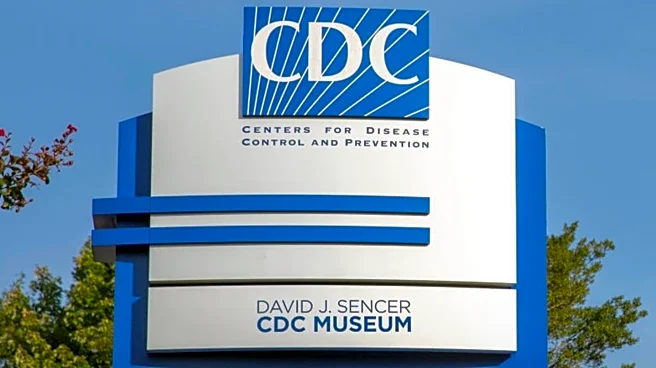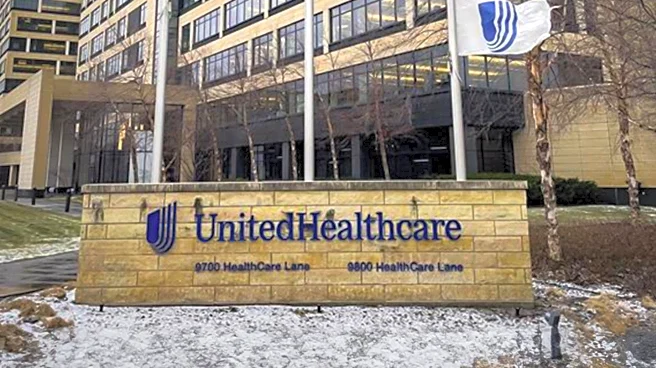What's Happening?
A recent study led by José Carlos Andrade from the Max Planck Institute for Demographic Research highlights a significant slowdown in life expectancy gains. Historically, improvements in life expectancy were
driven by reducing mortality at young ages through advancements such as vaccines, antibiotics, better hygiene, and clean water. However, with death rates at young ages already low, further progress is limited. The study indicates that health improvements at older ages are not advancing quickly enough to compensate. Janet O’Mahony, MD, from Mercy Medical Center, notes that while heart disease and cancer remain leading causes of death among adults, their impact on overall life expectancy is less pronounced. Additionally, the COVID-19 pandemic has temporarily reduced life expectancies, with over 7 million deaths and 675 million recoveries potentially affecting future longevity.
Why It's Important?
The findings underscore a critical shift in public health challenges, emphasizing the need for targeted interventions for older populations. As traditional drivers of life expectancy gains become less effective, healthcare systems may need to focus more on managing chronic diseases and improving quality of life for the elderly. The pandemic's impact further complicates this landscape, potentially straining healthcare resources and affecting economic stability. Policymakers and healthcare providers must adapt strategies to address these evolving challenges, ensuring sustainable health outcomes and economic resilience.
What's Next?
Future efforts may involve increased investment in medical research targeting age-related diseases and chronic conditions. Public health policies could prioritize preventive care and lifestyle modifications to mitigate the impact of diseases like heart disease and cancer. Additionally, addressing the long-term effects of the COVID-19 pandemic on life expectancy will be crucial. Stakeholders, including government agencies and healthcare organizations, may need to collaborate on innovative solutions to enhance life expectancy and quality of life for aging populations.
Beyond the Headlines
The study highlights broader implications for societal aging and healthcare infrastructure. As populations age, there may be increased demand for elder care services and a need for policies supporting healthy aging. The economic impact of an aging population could influence labor markets and social security systems, necessitating comprehensive policy responses. Furthermore, the study raises ethical considerations about resource allocation and healthcare equity, particularly in addressing disparities in health outcomes across different demographic groups.











